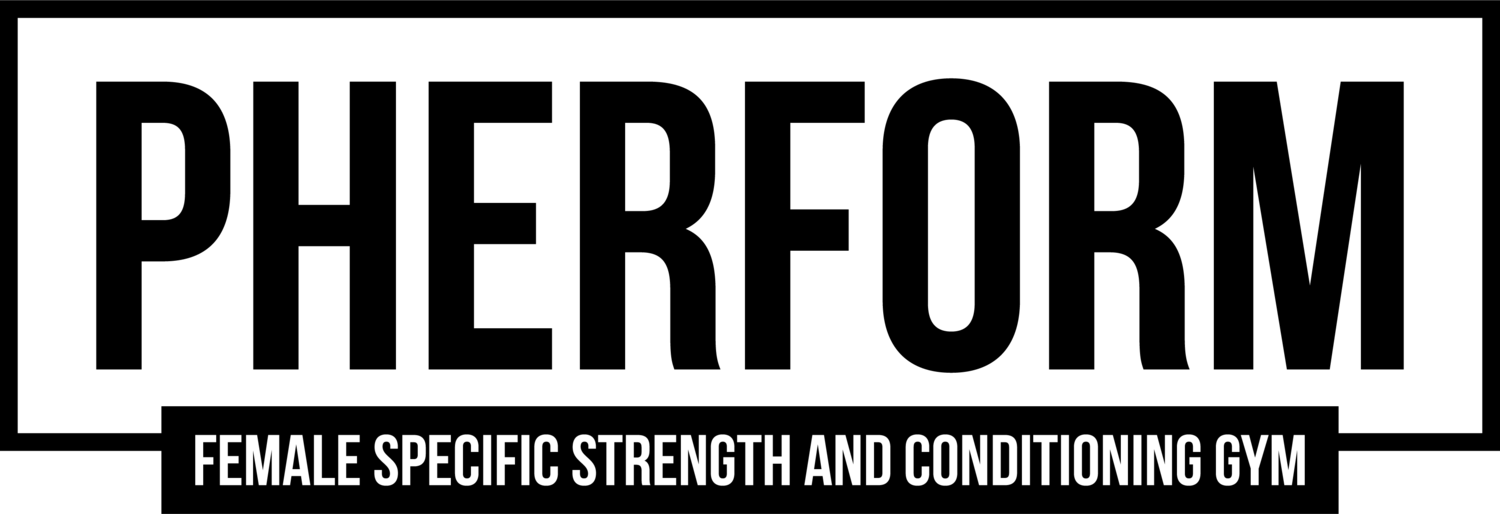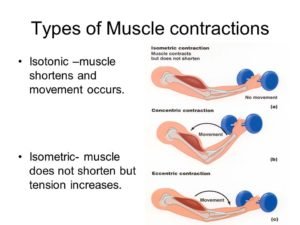WHAT ARE MY MUSCLES DOING DURING SCULPTHER AND HOW CAN WE GET THE MOST OUT OF THEM?
Let’s take a simple exercise like the db bicep curl. From its starting position the arm is straight and at our side. The bicep itself is in a lengthened state of tension (tension because we’re holding a weight). If we want to lift that weight up then the muscles of the arm have to contract strongly enough in order to overcome that external load. This lifting of the weight requires our bicep to shorten and is known as a Concentric contraction. To return the weight down to its original starting position, the bicep must lengthen, this is known as an Eccentric contraction. During this phase the muscle must still maintain tension in order to control the descent of the dumbbell. If we were then to repeat this movement but pause half way and keep the dumbbell at 90 degrees we would now label this as an Isometric contraction. The muscles are still working to overcome the weight but no physical movement at the muscle or elbow joint is taking place.
How we then manipulate the conditions under which the above takes place allows us to become stronger (both maximally and sub maximally), more powerful, endurable and proficient. But we need to subject our muscular and neuromuscular systems to continual and ever increasing levels of stress in order for these progressions to happen.
Our Sculpther classes are so effective for building and strengthening our muscular system as we take this fundamental principle of muscles shortening and lengthening against an external load and utilize a variety of training methods to extract the maximal amount of performance from each training session. Lifting tempo (speed at each part of the rep), weight selection and total training volume (reps x sets x load) are all examples of this.
Now we have this basic understanding, how do we then apply this and how should it feel?
Technique:
Regardless of the weight being used, good technique and a sense of control throughout the rep is our first priority. Everything else is built upon this foundation. Quality movement patterns require you to both understand and practice the mechanics of the exercise but also be able to visualize the muscles being targeted.
Intensity:
We want to induce a state of fatigue within the muscle and within the given rep/set range and/or time period, but not at the detriment of lifting technique. We can measure this by selecting a weight that makes the last 2/3 reps of each set very difficult to complete, but still achievable.
Weight manipulation:
Heavy lifting is great for us, so is high rep training. But these two components are mutually exclusive of one another. You can’t lift a heavy weight many times! However using a method known as a ‘drop set’ is a fantastic way to get the best out of both worlds. Take a dumbbell deadlift for example.
Scenario 1- 45 secs of work
15 reps @ 7.5kg (Total volume: reps x sets x weight) = 15x7.5 =112.5kg
Scenario 2- 45 secs of work
5 reps @ 10kg
10 reps @ 7.5kg
(Total volume: reps x sets x weight) = 5x10kg + 10x7.5kg =125kg
Scenario 2 sees our total training volume increase, despite the number of reps and time spent working being the same. We get the powerful benefit of exposing ourselves to heavier weights, which will in turn improve our performance, confidence and progression. Plus we haven’t had to sacrifice the benefits of higher rep training to achieve this.
To summarize, in your next Sculpther class, begin practicing the visualisation of the muscle lengthening and shortening. Focus on your movement and perform it with intent. Lastly, pick up those heavier weights, even 1 rep is worth doing!! 1 becomes 2, becomes 5!
-Coach Harry

